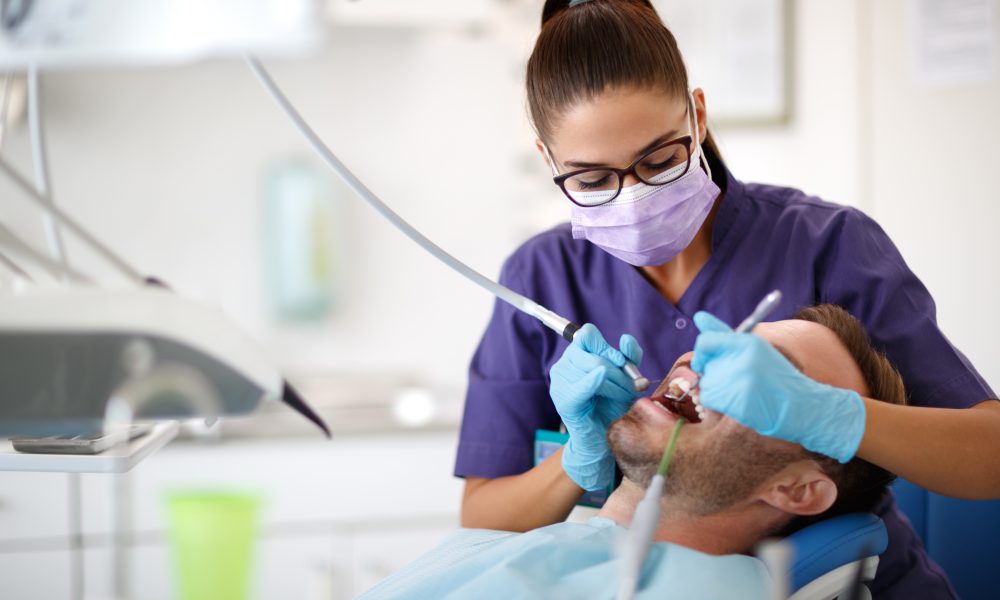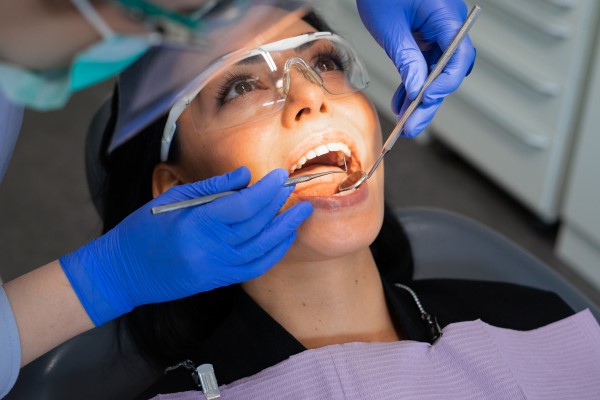Implant-supported dentures are dental prosthetic teeth, which are screwed on the implant foundation on the jaw. They are classified into permanent dentures since they are more fixed in position than ordinary regular dentures. If you’re considering implant supported dentures in King of Prussia, PA, below is a brief description of how implant-supported dentures work. You will also discover things you need to know before you get the dentures.
Concept of Implant-Supported Dentures
Implant-supported dentures are certain particular types of dentures. They connect to dental implants for support. They are put simply in the mandible or maxilla. These implants are basically metallic pins. They serve as the root of your teeth and help you put on a set of dentures. These are ‘snap-on’ dentures that fit perfectly onto these posts. Thus, they help in enhancing their stability. This makes it easy for the patient to chew food. They also make it easy for people to talk and smile confidently without the dentures shifting positions.
Use of Implant-Supported Dentures
These dentures are perfect choices for persons who have lost many teeth. They are also beneficial for people who have dental conditions. Sometimes, in these dental conditions, people lose some teeth in different parts of the mouth. In general, the implants for changeless dentures work well for individuals with a satisfactory amount of bone in the jaw. In some other cases, sometimes the bone in the area where you want to have implants is insufficient. Then, grab a bone graft to add the bone to that place inside your mouth.
Categories of Implant-Supported Dentures
There are two popular categories of implant-supported dentures that you can try. Let us all learn about them.
Removable Implant-Supported Dentures
These dentures are easily removable. Therefore, you don’t need to worry about them getting dirty. They can be removed for cleaning. They ‘click into’ the implants. Here, the implants are positioned in your jaw. They remain there until you choose to have them taken off.
Fixed Implant-Supported Dentures
These dentures are screwed on the implants. These cannot be removed in the comfort of your home. As with normal teeth, one takes a brush and additional implements to tidy the region around the implants.
How Are Implant-supported Dentures Basically Placed?
When you are getting implant-supported dentures, you need to follow several steps usually:
Pre-Prosthetic Surgery
This is done before the implant placement. Here, your dentist will have to extract any non-restorable teeth and may have to do bone grafting. This surgery is important to create space for the implants in your jaw area. A temporary denture will be worn in your mouth. Gradually, the mouth heals up with time.
Dental Implant Placement
An oral surgeon then puts these dental implants directly into the bone of your jaws. Healing of the implants with the bone usually takes approximately three to six months of the implantation process. Sometimes, you will wear your temporary denture until the final prosthesis is put in place.
Dental Impressions
When your implants are healed, your dentist makes the shape of your mouth. This shape helps make your new dentures. The shape goes to a lab where your special dentures are made.
Denture Placement
When your dentures are ready, your dentist puts them on your implants. They will also teach you how to keep them clean.
Conclusion
Implant-supported dentures are becoming very popular. When your teeth fall away or they get infected with cavities, these are your rescues. These will help you smile, eat, and speak with confidence. They are strong and stay in place better than regular dentures. Taking care of them will keep your smile healthy and bright.


